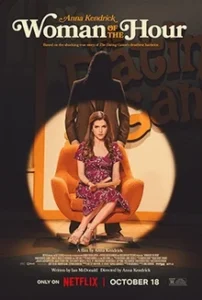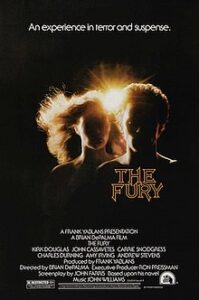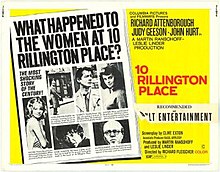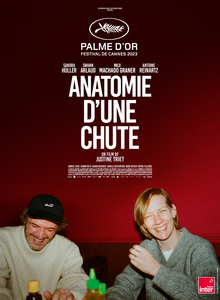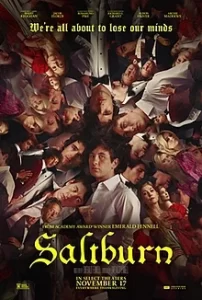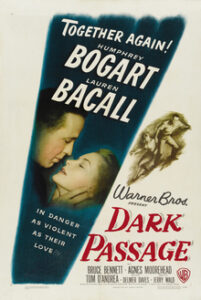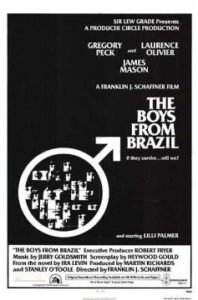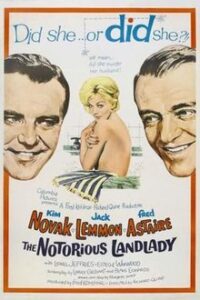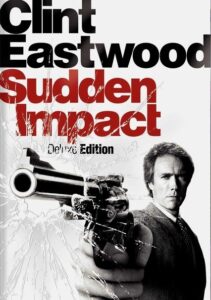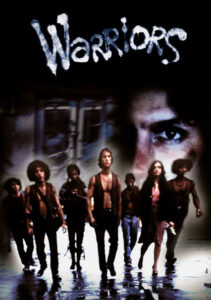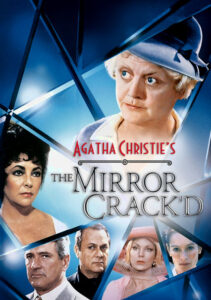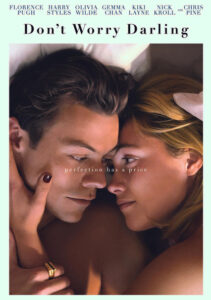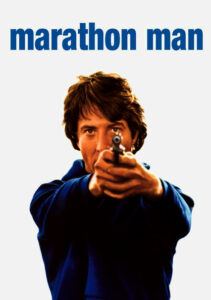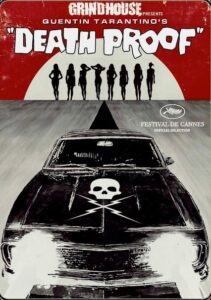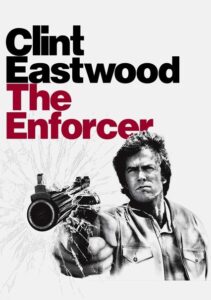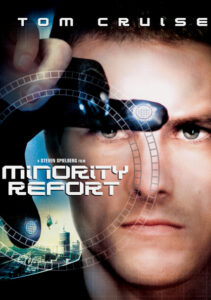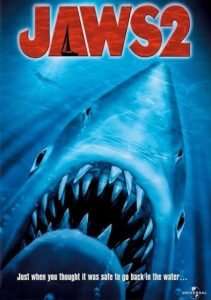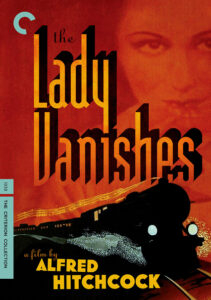Three Days of the Condor-1975
Director Sydney Pollack
Starring Robert Redford, Faye Dunaway, Max von Sydow
Top 250 Films #246
Scott’s Review #1,206
Reviewed December 11, 2021
Grade: B+
Three Days of the Condor (1975) is an edge-of-your-seat thriller starring Robert Redford and Faye Dunaway, two big stars of the 1970s.
The film is directed by the respected Sydney Pollack, most famous for Out of Africa (1985) and Tootsie (1982).
He knows how to entertain while providing a good, juicy romance.
The quick pace and frenetic editing equate to the film moving along quickly and the frequent exteriors of Manhattan and Brooklyn are great. Good-looking stars and a dangerous European bad guy played by Max von Sydow certainly help.
My only criticism is that Three Days of the Condor is quite similar and familiar to other espionage or political thrillers like All the Presidents Men (1976) or Chinatown (1974) that emerged during the 1970s.
This is small potatoes as measured against the compelling and action-oriented theme though.
On a seemingly ordinary day, Joe Turner (Redford), a bookish CIA codebreaker, is tasked with fetching lunch for his colleagues. When he returns he finds that they have all been murdered. Horrified, Joe flees the scene and tries to tell his supervisors about the tragedy but quickly learns that CIA higher-ups were involved in the murders.
With no one to trust and a determined hitman named Joubert (Max von Sydow) on his tail, Joe must somehow survive long enough to figure out why his agency wants him dead. He kidnaps Kathy Hale (Dunaway) who he hopes will assist him in his peril.
The opening segment is the best part of Three Days of the Condor. The massacre of the entire office is shocking and bloody and Pollack infuses the necessary elements of suspense in this key scene.
The scolding, chainsmoking receptionist who keeps a gun in her desk drawer is the first to die and no match for her assassins. As they go about the office kicking down doors and wreaking havoc it’s a hope to envision someone being spared.
We also wonder what their motivation is.
And the tense elevator scene involving Turner and Joubert is fabulous.
Particularly relevant to mention is the inclusion of a female Asian character hinted at as a possible love interest of Turner’s. Played by Tina Chen her character of Janice is intelligent and sexy.
Her flirtations with Turner unfortunately never go anywhere as she is part of the lunchtime slaughter but some Asian representation in mainstream film during this time is a positive.
I fell in love with Kathy’s cozy and stylish Brooklyn apartment. Assumed to be very close to the lower Manhattan financial area the set is dressed beautifully. It provides depth and texture to her character who at first we barely know.
She has good taste and sophistication and sees something in Turner although she has just been accosted by him at random.
It was a stretch to buy Robert Redford as nerdy or anything other than a platinum blonde hunk but the actor does a satisfactory job leading the film. I couldn’t stop my comparisons between Redford and Brad Pitt at that age as the two stars are similar in looks.
The chemistry between Redford and Dunaway is palpable which is key to the film. If little or none existed it would have detracted from the believability. When they become lovers it feels natural and a culminating moment satisfying for the audience and proper to the story.
Providing enough action to enthrall viewers tied to the thriller genre Three Days of the Condor (1975) is slick but believable. Capitalizing on the paranoia that the fresh Watergate scandal had resulted in when the film was made it still holds up well as a film decades later.
Oscar Nominations: Best Film Editing




